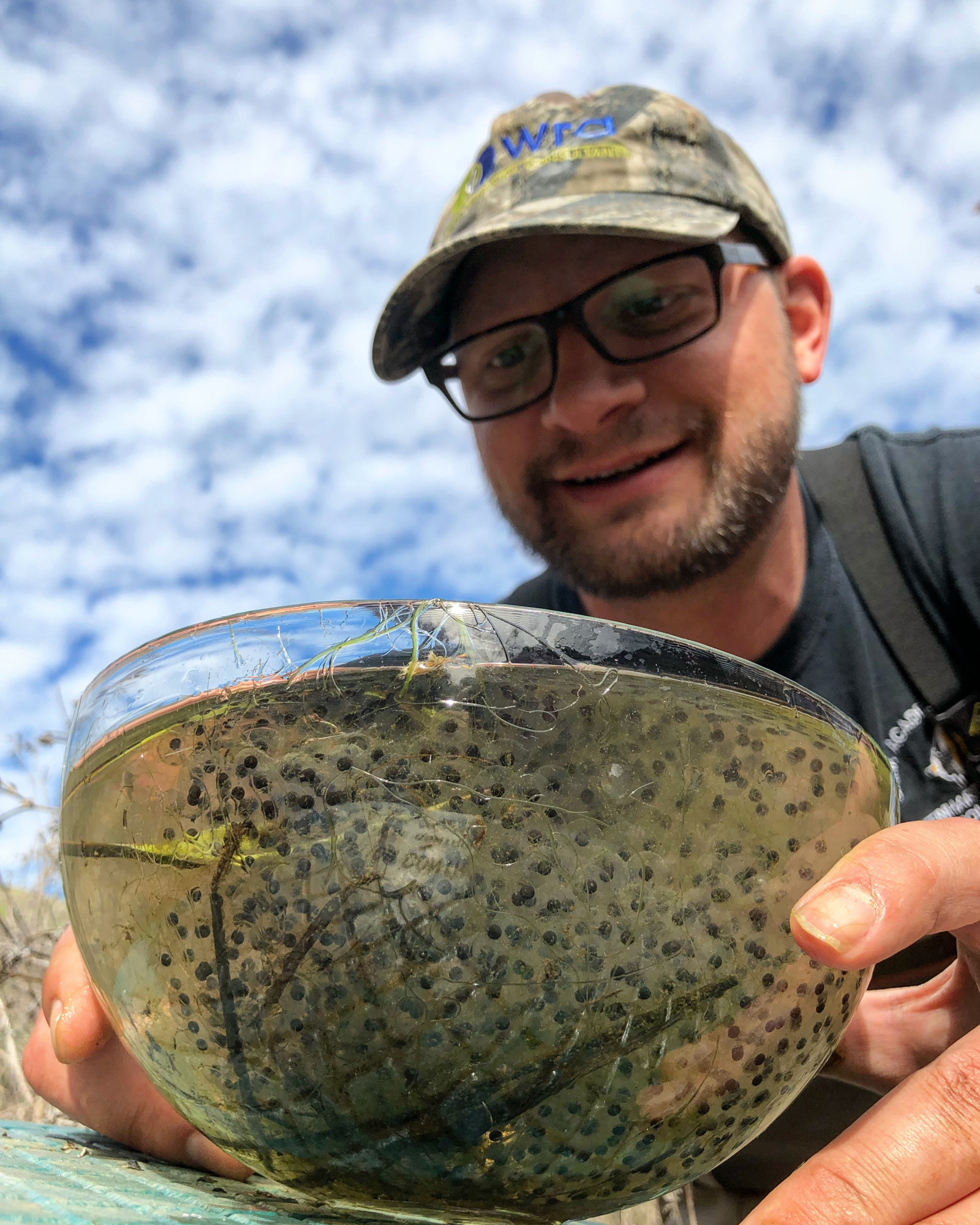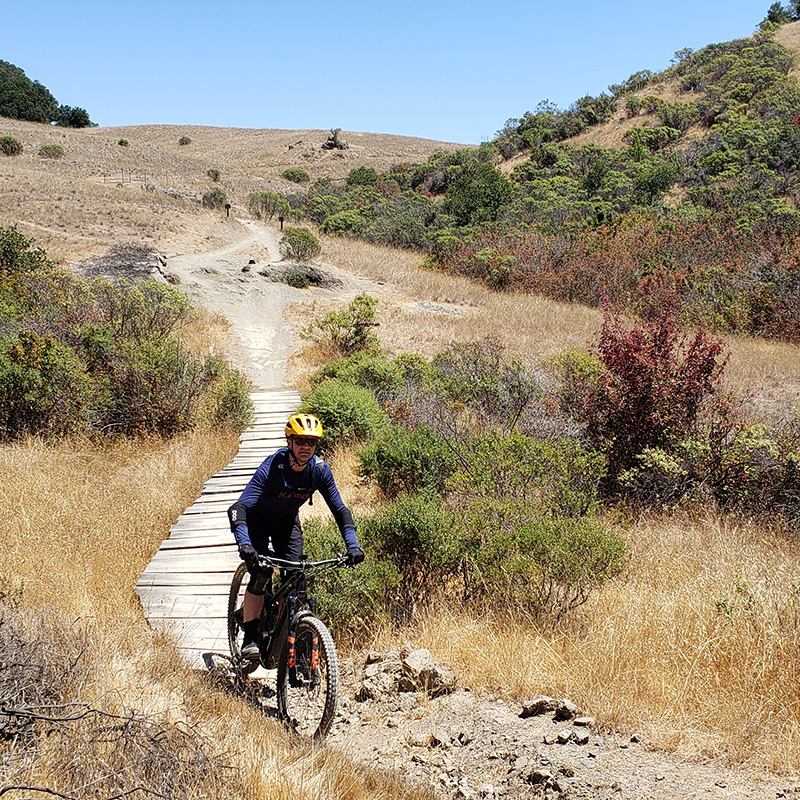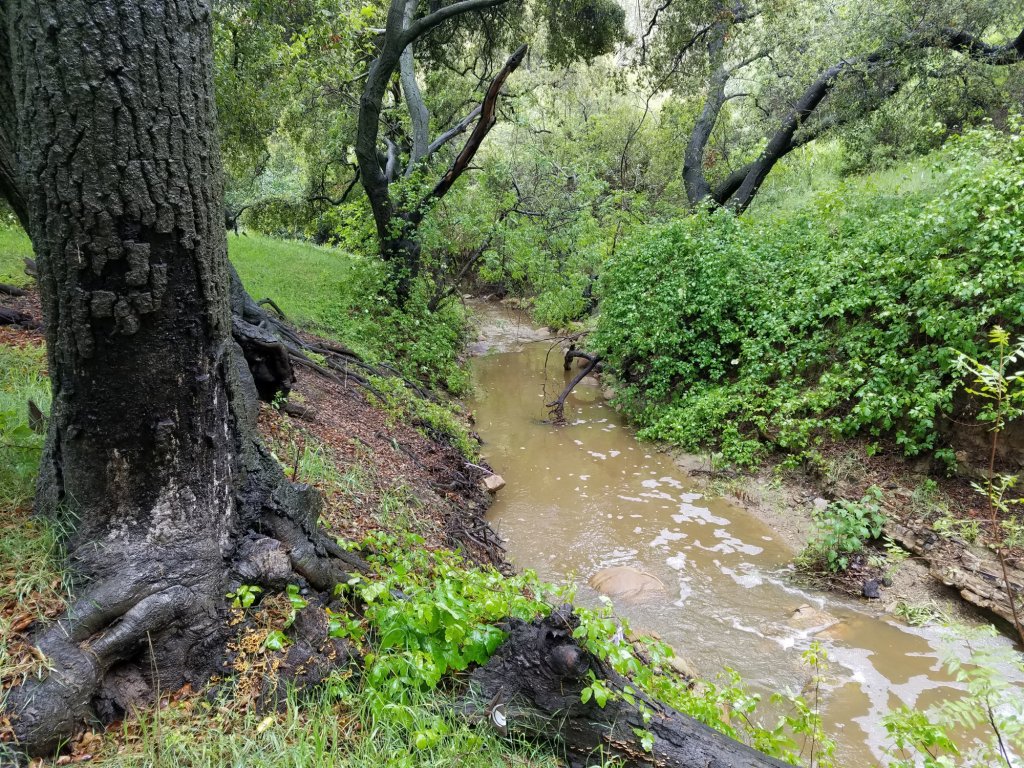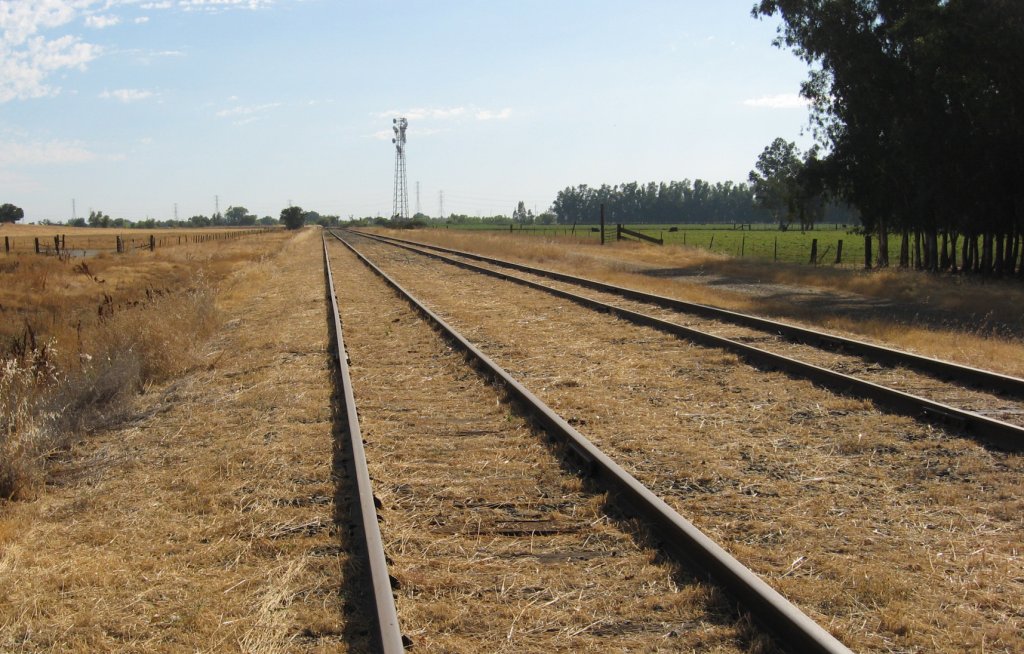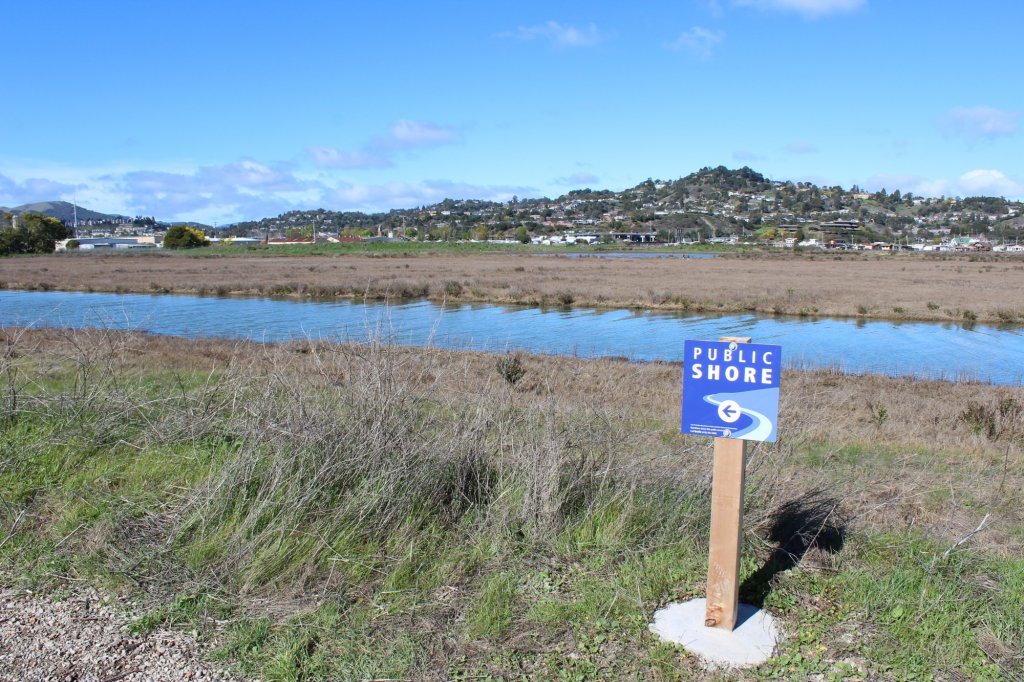Our Projects
Napa Sanitation District Trunk Sewer Rehabilitation and Habitat Enhancement

Beginning in 2018, under a contract with Napa Sanitation’s engineering consultant, WRA performed the biological studies needed to support the project’s rehabilitation of nearly 7,000 feet of sewer pipeline, a few miles south of Napa. To accomplish this, WRA assessed the entire project area for the project’s potential to impact biological resources. These assessments were used to inform the project’s permitting efforts and compliance with the California Environmental Quality Act. WRA engaged with the United States Fish and Wildlife Service to acquire the Biological Opinion for the project, due to its proximity to sensitive habitats with the potential to support several listed species. Prior to construction, WRA worked with the project team to minimize the impact to sensitive habitats, and in the end, the project avoided nearly all sensitive areas and those that were impacted were only impacted temporarily. WRA provided construction phase services for the duration of the project, including preconstruction surveys and onsite biological monitoring.
As part of the project, Napa Sanitation is enhancing some of the wetlands on their property. The greater wetland habitats in this area support several Federal-listed species including the endangered salt marsh harvest mouse and California Ridgway’s rail. WRA Landscape Restoration is working with Napa Sanitation District to implement their habitat mitigation and monitoring plan. The plan includes the removal of various invasive plants including: Himalayan blackberry (Rubus armeniacus), perennial pepperweed (Lepidium latifolium), and yellow star thistle (Centaurea solstitialis). Treatment will consist of manual removal and targeted chemical treatment.
In addition to invasive species removal, WRA Landscape Restoration works with a local native plant nursery to collect seeds on-site and propagate 1,700 native plants for revegetation. Native species collected include: saltgrass (Distichlis spicata), gum plant (Grindelia stricta v. stricta), arrowgrass (Triglochin maritima), Jaumea (Jaumea carnosa), and multiple Juncus species.
WRA Landscape Restoration will continue to maintain the site for five years to ensure continued success and establishment of the native ecosystem. WRA will perform the required monitoring and associated reporting for the site.
Experts
Project Specifics
Project Partners
Status
Detailed Services
Biological Assessment
Rare plant survey
Habitat Mitigation and Monitoring Plan development
Protocol-level surveys for special-status wildlife species
Habitat Mitigation and Monitoring Plan implementation





